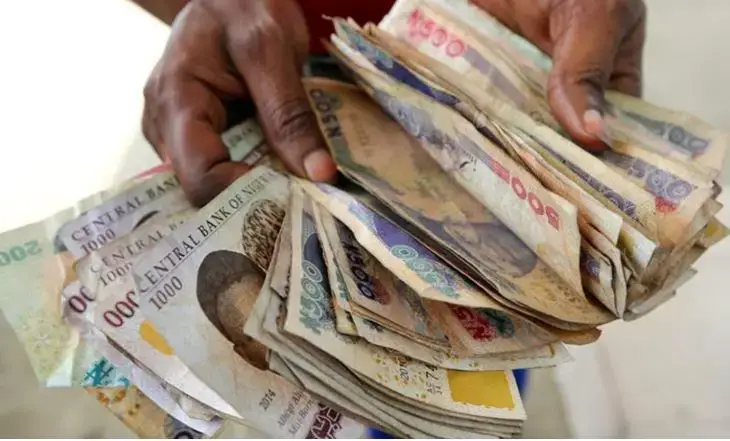Climate change is expected to cause global wine production to decrease further this year, to its lowest level since 1961, according to the International Organisation of Vine and Wine (OIV).
The intergovernmental agency, output in 29 nations is expected to range between 227 million and 235 million hectolitres, accounting for 85 percent of worldwide production. If output reaches the midpoint of 231 million hectolitres, it will be down 2% from 2023 and 13% below the average of the preceding ten years.
“Climatic challenges across both hemispheres are once again major contributors to the reduced global production volume,” according to the research. “The preliminary estimates reveal a complex landscape of climatic disruptions across EU wine regions due to climate change,” according to the report.
“As with 2023, extreme or atypical meteorological events are the key influence on global production, with early frosts, heavy rainfall, and prolonged drought dramatically impacting vineyard productivity.” European production, which accounts for 60% of global output, is down 11% overall, with only Hungary and Portugal producing wine at near-average levels.
Giorgio Delgrosso, head of statistics at OIV, Europe’s productivity will be the lowest in the twenty-first century if current trends continue. Output in France, the top producer last year, is expected to fall by 23% to 36.9 million hectolitres, the highest drop in the sector. French vineyards have been affected by severe weather and illnesses.
Italy improved marginally from last year’s low volume, reaching 41 million hectolitres and regaining the top rank ahead of France. Spain remains Europe’s third largest producer. The southern hemisphere, which accounts for roughly 20% of global wine output, is seeing its lowest production in two decades.
OIV director John Barker stated that there was “increasing volatility” and that southern countries could no longer compensate for shortages caused by problems in northern-hemisphere countries. He stated that the wine business has to find solutions to deal with the increasing impact of climate change and sustainability.
“Only a small group of regions — notably the United States and several Eastern European countries including Hungary, Georgia, and Moldova — enjoyed more favourable climatic conditions, achieving average or above-average production volumes,” according to OIV. According to the IWSR drinks consultancy, wine consumption fell by 3.9% in the first half of the year, owing primarily to consumers’ changing habits.
Wine drinking has plummeted 20 percent since 2019, according to IWSR. It noted that only consumption of Italian sparkling prosecco has increased in the first six months of 2024. The consumption of French champagne fell 8.6 percent.











